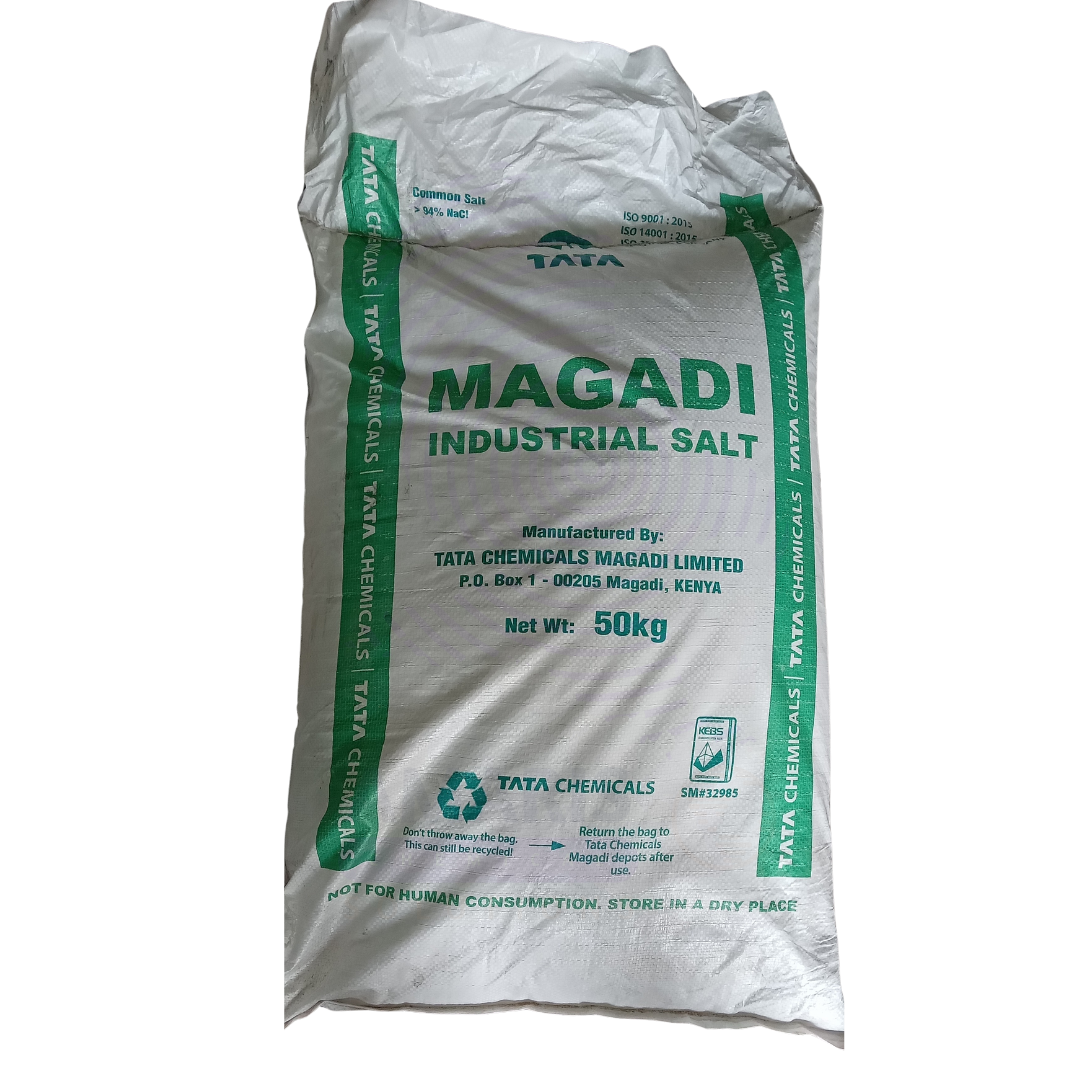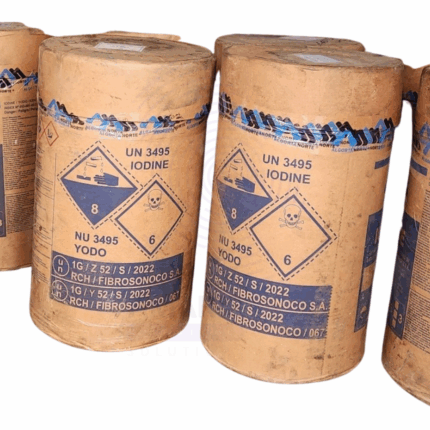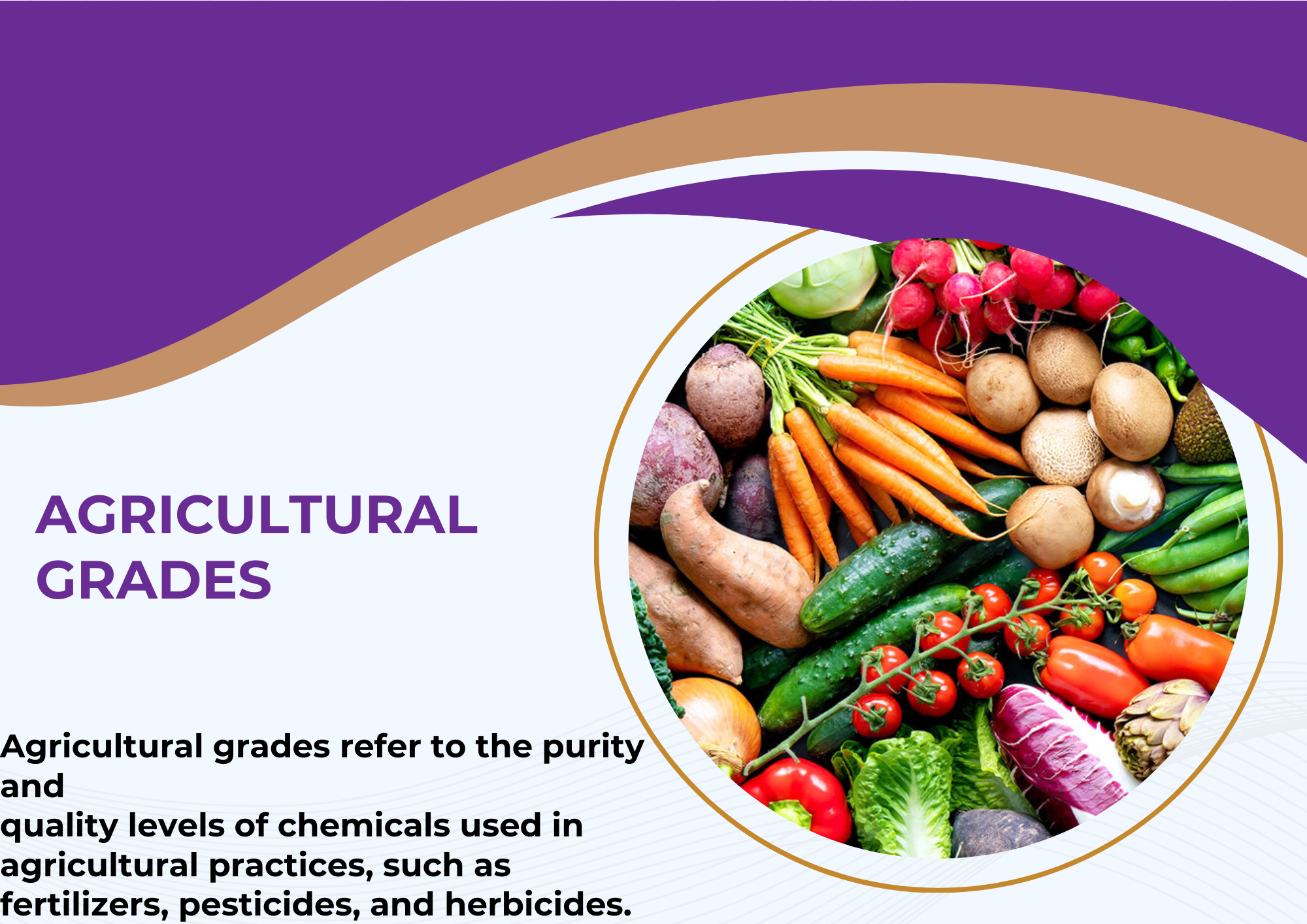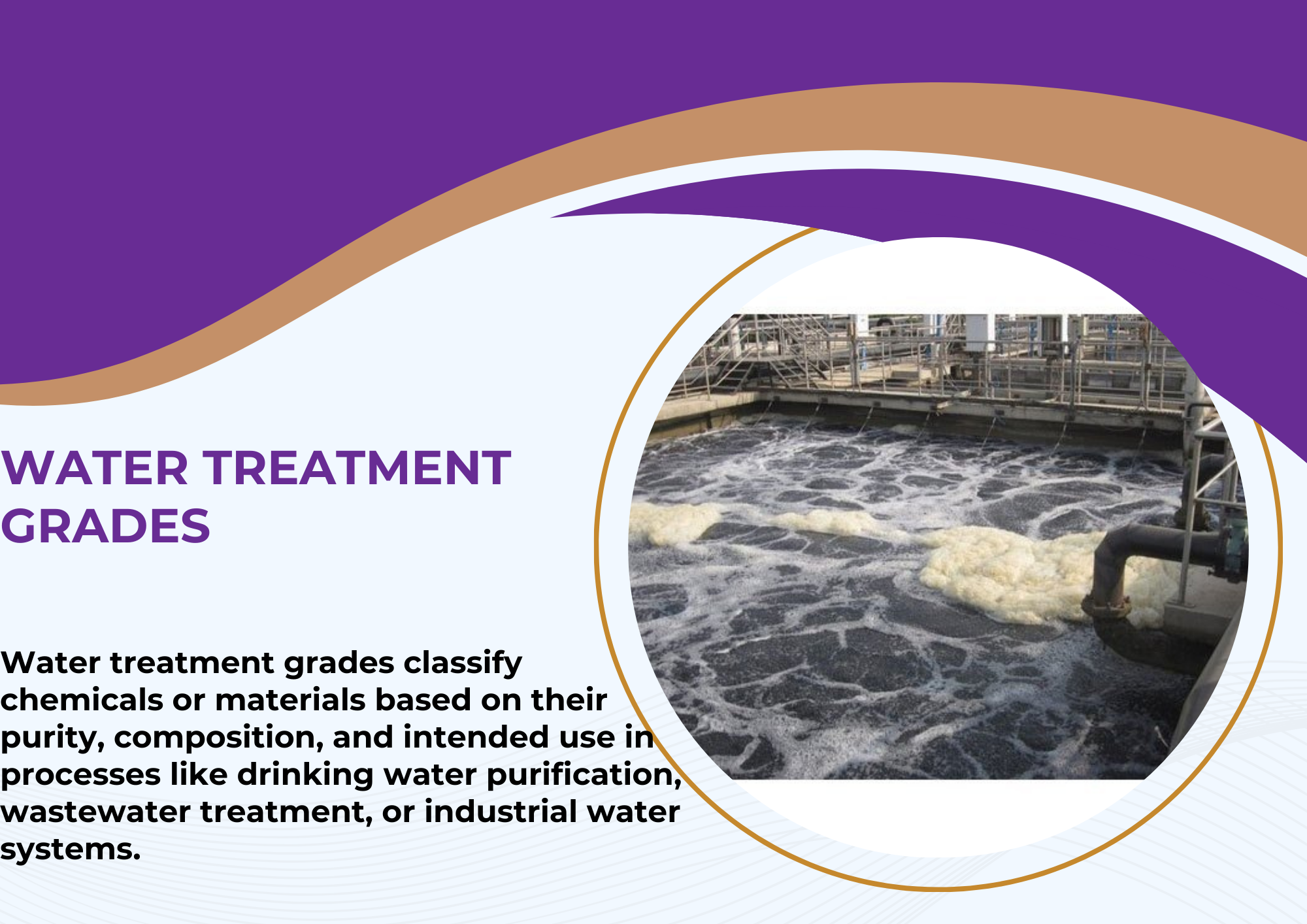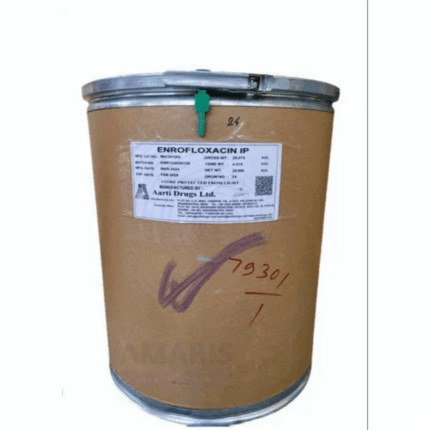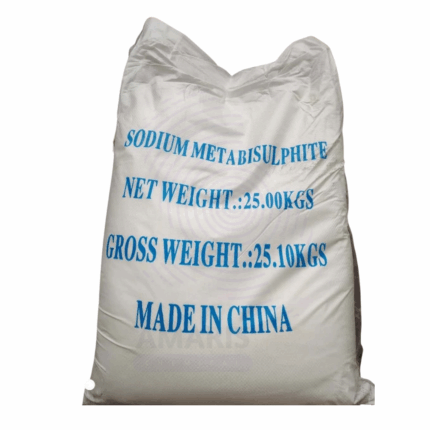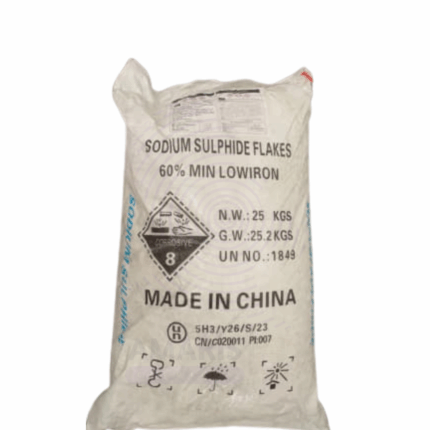Industrial Salt
Whatsapp Order
Industrial Salt, chemically known as Sodium Chloride (NaCl), is a high-purity crystalline compound widely used across industrial, chemical, agricultural, and water treatment applications. It appears as white to off-white crystalline granules or powder, depending on the grade and particle size. Industrial Salt is an essential raw material in numerous chemical processes, including chlor-alkali production, de-icing, textile dyeing, and water softening. Its versatility and cost-effectiveness make it indispensable in large-scale operations.
Categories: Animal Feed Additives, Builders, Disinfectants and Biocides, Excipients, Hydraulic Fracturing Fluids, Leaching Agents, pH Adjusters, pH Modifiers, Scale Inhibitors( water), Scale Inhibitors(oil), Soil Conditioners
Tags: De-icing Salt, Industrial Salt, Mining Salt, Oilfield Salt, Sodium Chloride, Water Softening Salt
Description
Table of Contents
Toggle
Industrial Salt
Primary Uses
- Water Treatment
- Used in ion-exchange water softening systems to regenerate resins
- Employed in brine solutions for reverse osmosis plants
- Controls scaling and improves efficiency of boilers and cooling towers
- Chemical Manufacturing
- Key raw material in chlor-alkali industry for chlorine, caustic soda, and hydrogen production
- Used in the manufacture of sodium-based compounds (e.g., sodium carbonate, sodium sulfate)
- Involved in dye and pigment production as a salting-out agent
- De-icing and Snow Removal
- Applied on roads, highways, and walkways to prevent ice buildup
- Used in brine solutions for anti-icing applications
- Textile and Dyeing Industry
- Acts as a dye-fixative and leveling agent
- Improves dye penetration and consistency
- Oil and Gas Industry
- Used in drilling muds to increase fluid density
- Stabilizes hydraulic fracturing fluids
- Enhances wellbore stability
- Agriculture
- Blended into fertilizers or soil amendments for sodium-specific applications
- Acts as an animal feed additive for electrolyte balance
Secondary Uses
- Food Industry (Non-food grade)
- Used for equipment cleaning in food manufacturing plants
- Employed in descaling and industrial sanitation
- Leather Processing
- Used in hide preservation to prevent microbial decay
- Pharmaceuticals (Technical Applications)
- Applied in brine preparation and cleaning processes
KEY ATTRIBUTES
- Basic Identification Attributes
- Product Name: Industrial Salt
- Synonyms: Sodium Chloride, Rock Salt, Halite
- CAS Number: 7647-14-5
- HS Code: 2501.00.10
- Chemical Formula: NaCl
- E Number (if food-grade): E521 (Anti-caking agent – technical only)
- Physical & Chemical Properties
- Physical State: Solid (granules, flakes, or powder)
- Color: White to off-white
- Odor: Odorless
- Taste: Saline
- Solubility: Completely soluble in water
- Purity: Typically 95%–99.5% NaCl (based on grade)
- Moisture Content: ≤ 0.5%
- Bulk Density: 1.1–1.3 g/cm³
- pH (5% solution): 6.5–8.5
- Safety & Hazard Attributes
- GHS Classification: Not classified as hazardous
- Toxicity: Non-toxic for intended industrial use
- Allergen Status: Free from common allergens
- Exposure Limits: Not specifically regulated; standard dust protection advised
- Storage & Handling Attributes
- Container Type: HDPE-lined bags, woven sacks, bulk totes, or silo storage
- Storage Conditions: Store in a dry, ventilated area away from moisture
- Shelf Life: Indefinite under proper storage conditions
- Handling Notes: Prevent contamination and avoid moisture exposure
- Regulatory & Compliance Attributes
- REACH Compliant
- OSHA/EPA Approved for Industrial Use
- BIS Compliant (India – IS 797:1982 for Industrial NaCl)
- Not for direct human consumption unless food-grade specified
- Environmental & Health Impact
- Biodegradability: Naturally occurring mineral; not biodegradable
- Ecotoxicity: High levels may be harmful to aquatic life
- Bioaccumulation: Not expected
- Carcinogenicity/Mutagenicity: Not classified
SAFETY HANDLING PRECAUTIONS
- Safety Handling Precautions
- PPE Required:
- Dust mask (if handling powder or fine granules)
- Protective gloves and eye protection
- Handling Guidelines:
- Avoid creating airborne dust
- Use dust extraction or ventilation when handling large quantities
- Hygiene Practices:
- Wash hands thoroughly after use
- Do not eat, drink, or smoke while handling bulk material
- First Aid Measures
- Inhalation:
- Move to fresh air if irritation occurs
- Seek medical help if respiratory symptoms persist
- Skin Contact:
- Wash with soap and water
- Seek attention if irritation develops
- Eye Contact:
- Rinse eyes gently with clean water for several minutes
- Remove contact lenses if present; consult physician if irritation persists
- Ingestion:
- Rinse mouth; industrial grade not meant for consumption
- Seek medical attention in case of large accidental ingestion
- Firefighting Measures
- Fire Hazards:
- Non-flammable
- Does not support combustion
- Extinguishing Media:
- Use extinguishers suitable for surrounding materials
- Special Precautions:
- Avoid runoff of contaminated water into sewers or waterways
- Combustion Products:
- Not applicable
Related products
Cupric Sulphate Anhydrous
Cupric Sulphate Anhydrous (Copper(II) sulfate, anhydrous form) is a blue to green crystalline powder that is highly soluble in water. It is an inorganic compound consisting of copper, sulfur, and oxygen with the formula CuSO₄. Unlike its hydrated counterpart (CuSO₄·5H₂O), the anhydrous form contains no water molecules. It is widely used in agriculture, industry, and chemical manufacturing due to its fungicidal, algicidal, and chemical reactivity properties. The compound serves as a precursor to many copper salts and catalysts.
Enrofloxacin Hydrochloride
Enrofloxacin Hydrochloride is a broad-spectrum fluoroquinolone antibiotic used primarily in veterinary medicine. It is the hydrochloride salt of enrofloxacin, offering enhanced solubility and bioavailability. Enrofloxacin inhibits bacterial DNA gyrase and topoisomerase IV, disrupting DNA replication in Gram-negative and Gram-positive organisms as well as some Mycoplasma species. It is available as a white to off-white crystalline powder, used in injectable, oral, and topical formulations designed for livestock, companion animals, and aquatic species.
Hydrazine Food Grade
Hydrazine Food Grade is a high-purity form of hydrazine (N₂H₄), a highly reactive, colorless, and fuming liquid with a pungent ammonia-like odor. It is a powerful reducing agent and chemical intermediate widely used in industrial applications. The food-grade specification ensures purity and controlled impurity levels suitable for limited and specialized food industry uses, primarily as a processing aid or sterilizing agent. Hydrazine exhibits strong nucleophilic and reducing properties, enabling various chemical transformations and sterilization processes.
Kerol
Kerol is a synthetic kerosene-like solvent commonly used as a degreasing and cleaning agent in various industrial applications. It is a clear, colorless liquid with low aromatic content, moderate volatility, and excellent solvency properties, designed for effective removal of oils, greases, and contaminants from metal and mechanical parts. Kerol offers a balance of strong cleaning efficiency with improved safety and environmental profile compared to traditional kerosene.
Liquid Chlorine
Liquid Chlorine is a pale yellow-green, highly reactive chemical primarily composed of chlorine dissolved in water or as liquefied chlorine gas under pressure. It is widely used as a powerful disinfectant, bleaching agent, and oxidizer in water treatment, sanitation, and various industrial applications. Due to its strong antimicrobial properties, liquid chlorine effectively controls bacteria, viruses, algae, and other microorganisms, ensuring safe potable water and hygienic conditions.
Sodium Metabisulphite
Sodium Metabisulphite is a white crystalline powder widely used as an antioxidant, disinfectant, and preservative. It dissolves readily in water, releasing sulfur dioxide, which acts as a powerful antimicrobial and antioxidant agent. This chemical finds broad applications in food processing, water treatment, pharmaceuticals, and industrial manufacturing to prevent spoilage, control microbial growth, and protect equipment from corrosion.
Sodium Sulphide
Sodium Sulphide (Na₂S) is a yellow to red-yellow crystalline solid or powder with a characteristic odor of hydrogen sulfide. It is highly soluble in water, forming strongly alkaline solutions. This 25kg packaged product is widely used in the chemical, leather, pulp and paper, and textile industries as a reducing agent, sulfur donor, and in flotation processes. Due to its strong reducing properties and reactivity, it must be handled with care under proper safety measures.
Sodium Sulphite Blue
Sodium Sulphite Blue is a white to bluish-white crystalline powder with the chemical formula Na₂SO₃. The “Blue” grade indicates a specific industrial quality often containing minor additives or impurities, used primarily in water treatment and chemical industries. It acts as an effective oxygen scavenger, reducing agent, and preservative. This 25kg packaged product is highly soluble in water, forming alkaline solutions, and is widely used in pulp and paper, water treatment, textile, and photographic industries.


 Preservatives(food)
Preservatives(food) Flavor Enhancers
Flavor Enhancers Acidulants
Acidulants Sweeteners
Sweeteners Antioxidants
Antioxidants Colorants(food)
Colorants(food) Nutraceutical Ingredients (food)
Nutraceutical Ingredients (food) Nutrient Supplements
Nutrient Supplements Emulsifiers
Emulsifiers
 Collectors
Collectors Dust Suppressants
Dust Suppressants Explosives and Blasting Agents
Explosives and Blasting Agents Flocculants and Coagulants
Flocculants and Coagulants Frothers
Frothers Leaching Agents
Leaching Agents pH Modifiers
pH Modifiers Precious Metal Extraction Agents
Precious Metal Extraction Agents
 Antioxidants(plastic)
Antioxidants(plastic) Colorants (Pigments, Dyes)
Colorants (Pigments, Dyes) Fillers and Reinforcements
Fillers and Reinforcements Flame Retardants
Flame Retardants Monomers
Monomers Plasticizers
Plasticizers Polymerization Initiators
Polymerization Initiators Stabilizers (UV, Heat)
Stabilizers (UV, Heat)
 Antifoaming Agents
Antifoaming Agents Chelating Agents
Chelating Agents Coagulants and Flocculants
Coagulants and Flocculants Corrosion Inhibitors
Corrosion Inhibitors Disinfectants and Biocides
Disinfectants and Biocides Oxidizing Agents
Oxidizing Agents pH Adjusters
pH Adjusters Scale Inhibitors( water)
Scale Inhibitors( water)
 Antioxidants(cosmetic)
Antioxidants(cosmetic) Emollients
Emollients Fragrances and Essential Oils
Fragrances and Essential Oils Humectants
Humectants Preservatives
Preservatives Surfactants(cosmetic)
Surfactants(cosmetic) Thickeners
Thickeners UV Filters
UV Filters
 Fertilizers
Fertilizers Soil Conditioners
Soil Conditioners Plant Growth Regulators
Plant Growth Regulators Animal Feed Additives
Animal Feed Additives Biostimulants
Biostimulants Pesticides (Herbicides, Insecticides, Fungicides)
Pesticides (Herbicides, Insecticides, Fungicides)
 Active Pharmaceutical Ingredients (APIs)
Active Pharmaceutical Ingredients (APIs) Excipients
Excipients Solvents(pharmaceutical)
Solvents(pharmaceutical) Antibiotics
Antibiotics Antiseptics and Disinfectants
Antiseptics and Disinfectants Vaccine Adjuvants
Vaccine Adjuvants Nutraceutical Ingredients (pharmaceutical)
Nutraceutical Ingredients (pharmaceutical) Analgesics & Antipyretics
Analgesics & Antipyretics
 Analytical Reagents
Analytical Reagents Solvents(lab)
Solvents(lab) Chromatography Chemicals
Chromatography Chemicals Spectroscopy Reagents
Spectroscopy Reagents microbiology-and-cell-culture-reagents
microbiology-and-cell-culture-reagents Molecular Biology Reagents
Molecular Biology Reagents Biochemical Reagents
Biochemical Reagents Inorganic and Organic Standards
Inorganic and Organic Standards Laboratory Safety Chemicals
Laboratory Safety Chemicals Specialty Laboratory Chemicals(Special Laboratory Equipment)
Specialty Laboratory Chemicals(Special Laboratory Equipment)
 Demulsifiers
Demulsifiers Hydraulic Fracturing Fluids
Hydraulic Fracturing Fluids Scale Inhibitors(oil)
Scale Inhibitors(oil) Surfactants(oil)
Surfactants(oil) Drilling Fluids
Drilling Fluids
 Dyes and Pigments
Dyes and Pigments Bleaching Agents
Bleaching Agents Softening Agents
Softening Agents Finishing Agents
Finishing Agents Antistatic Agents
Antistatic Agents
 Admixtures
Admixtures Waterproofing Agents
Waterproofing Agents Sealants and Adhesives
Sealants and Adhesives Curing Compounds
Curing Compounds Concrete Repair Chemicals
Concrete Repair Chemicals Anti-Corrosion Coatings
Anti-Corrosion Coatings
 Surfactants(cleaning)
Surfactants(cleaning) Builders
Builders Enzymes
Enzymes Solvents (Cleaning)
Solvents (Cleaning) Fragrances
Fragrances
 Electronic Chemicals
Electronic Chemicals Catalysts
Catalysts Lubricants
Lubricants Photographic Chemicals
Photographic Chemicals Refrigerants
Refrigerants Automotive chemicals
Automotive chemicals Pyrotechnic Chemicals
Pyrotechnic Chemicals
 Biodegradable Surfactants
Biodegradable Surfactants Bio-based Solvents
Bio-based Solvents Renewable Polymers
Renewable Polymers Carbon Capture Chemicals
Carbon Capture Chemicals Wastewater Treatment Chemicals
Wastewater Treatment Chemicals
 Pigments
Pigments Solvents(paint)
Solvents(paint) Specialty Coatings
Specialty Coatings Binders/Resins
Binders/Resins Additives
Additives Driers
Driers Anti-Corrosion Agents
Anti-Corrosion Agents Functional Coatings
Functional Coatings Application-Specific Coatings
Application-Specific Coatings
 Fresh Herbs
Fresh Herbs Ground Spices
Ground Spices Whole Spices
Whole Spices Spice Blends
Spice Blends Dried Herbs
Dried Herbs
 Leavening Agents
Leavening Agents Dough Conditioners
Dough Conditioners Flour Treatments
Flour Treatments Fat Replacers
Fat Replacers Decoratives
Decoratives Preservatives(baking)
Preservatives(baking)
 Plasticizers & Softeners
Plasticizers & Softeners Reinforcing Agents
Reinforcing Agents Adhesion Promoters
Adhesion Promoters Vulcanizing Agents
Vulcanizing Agents Antidegradants
Antidegradants Blowing Agents
Blowing Agents Fillers & Extenders
Fillers & Extenders Accelerators & Retarders
Accelerators & Retarders